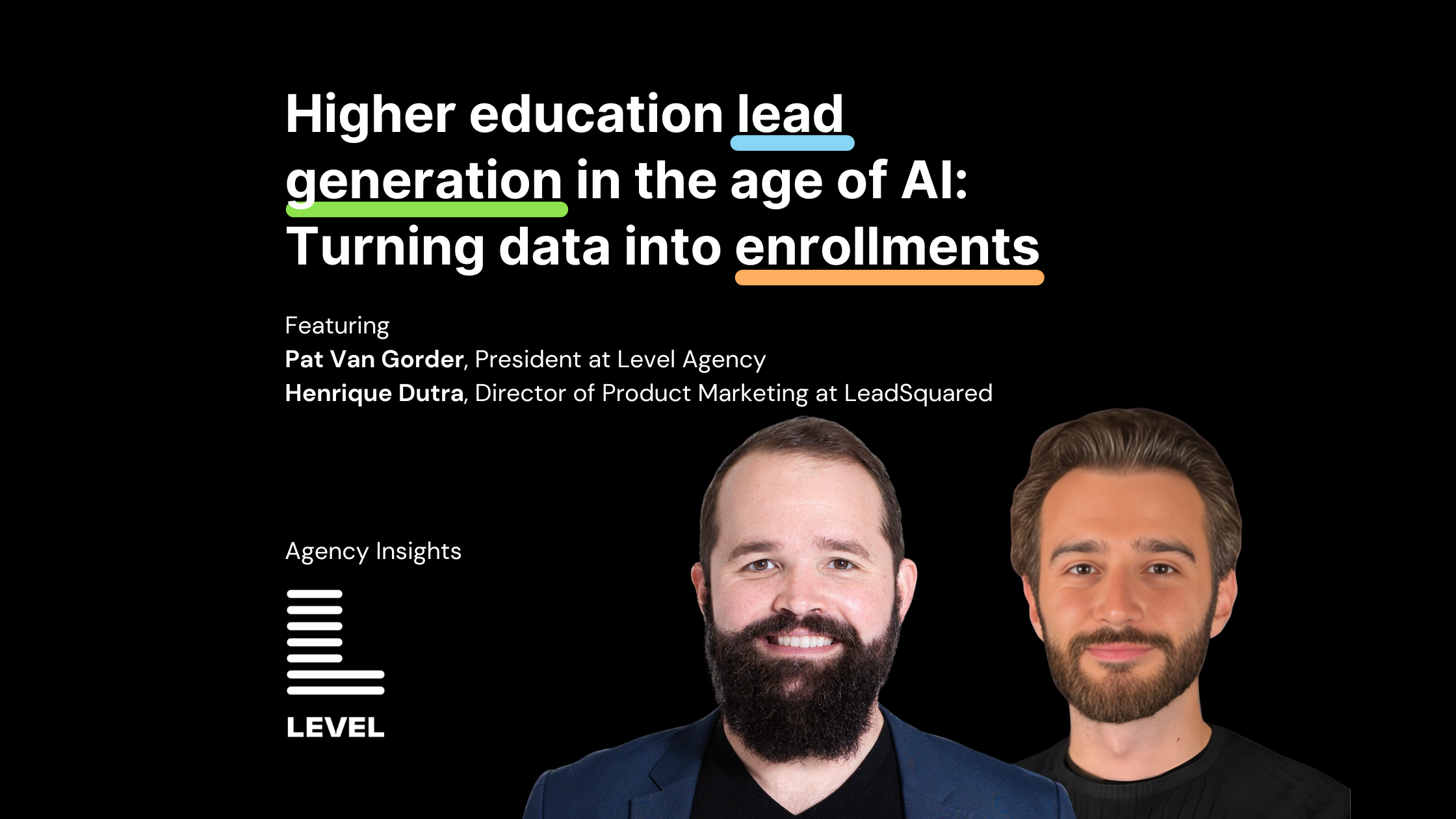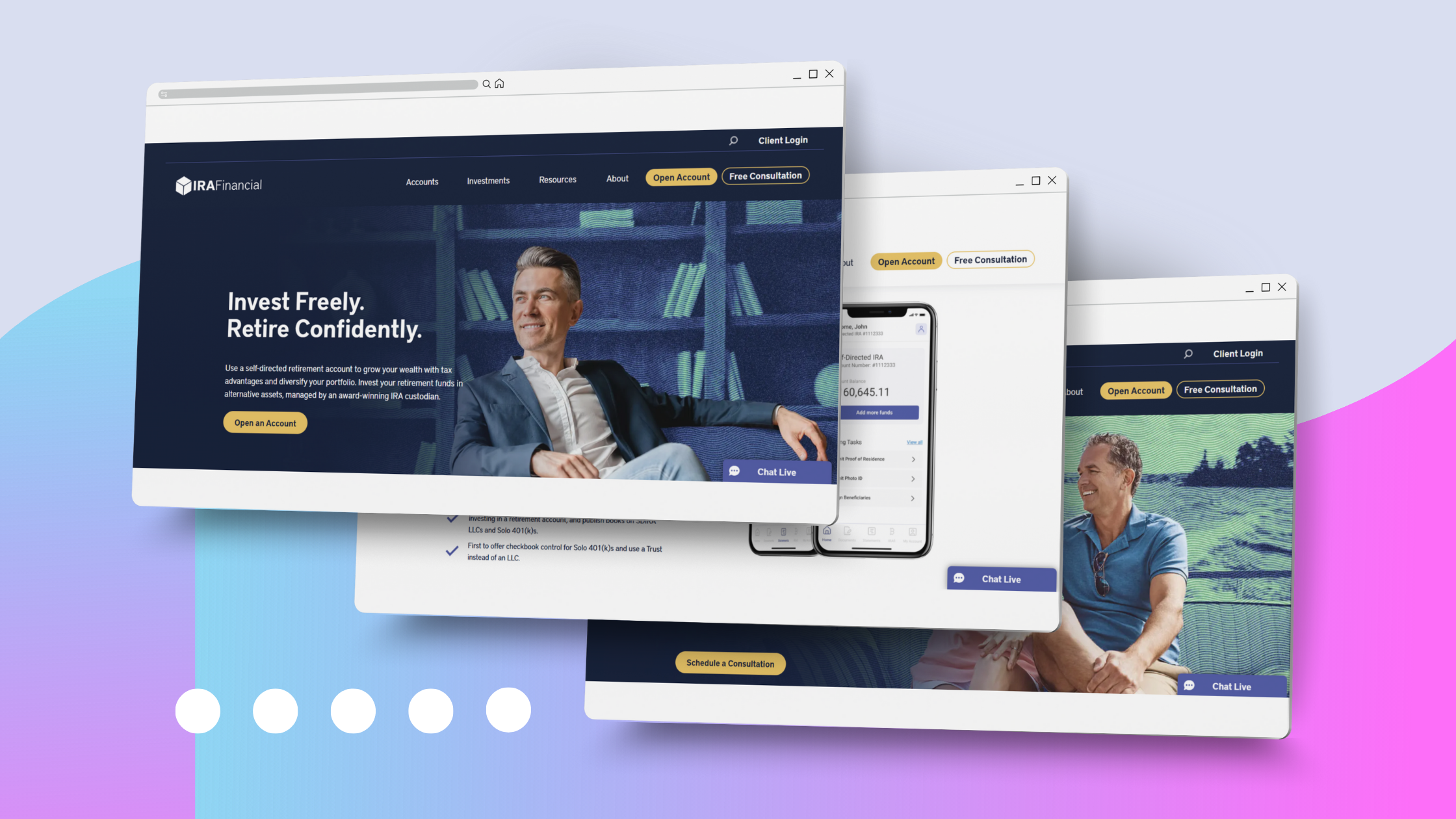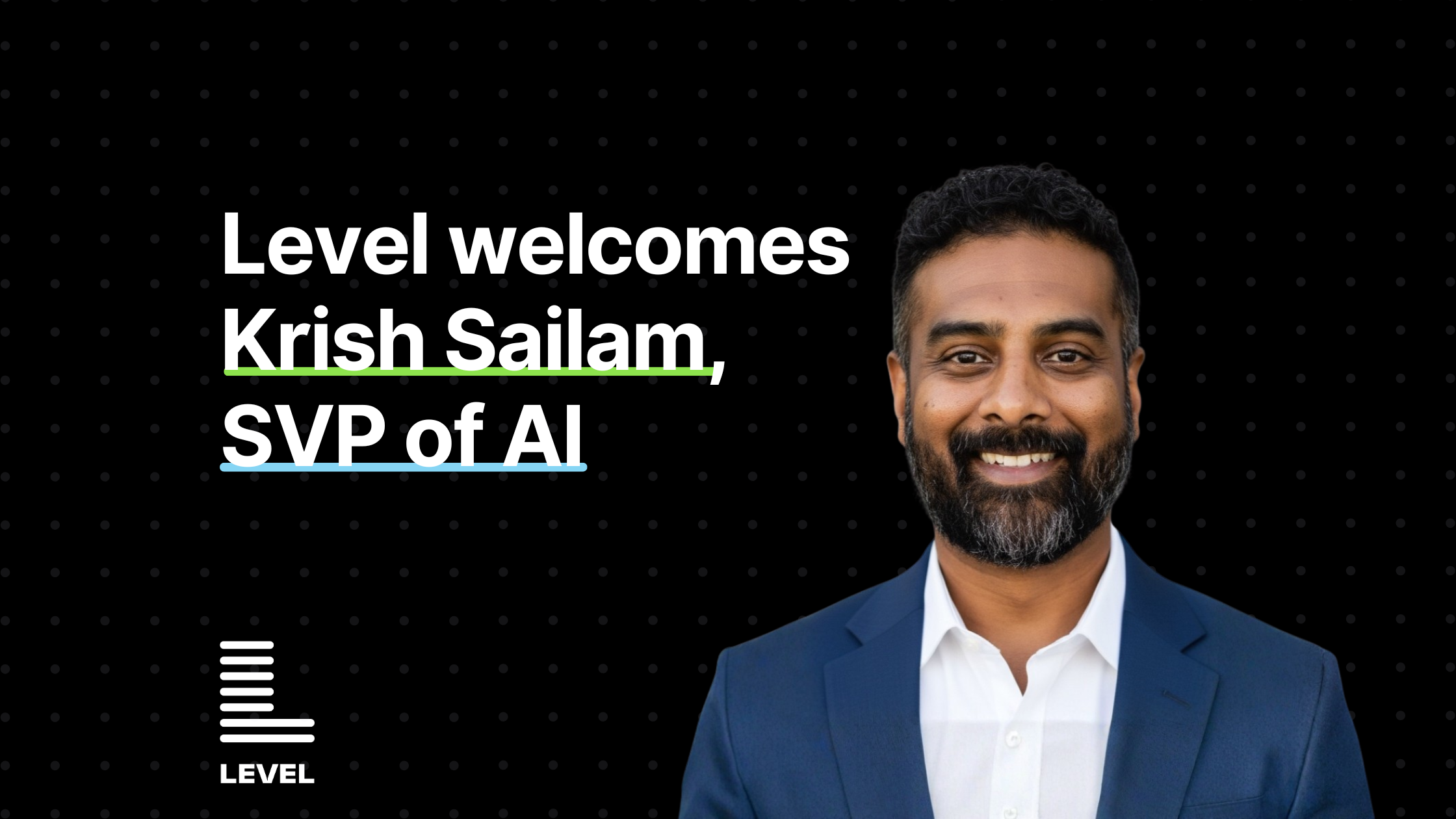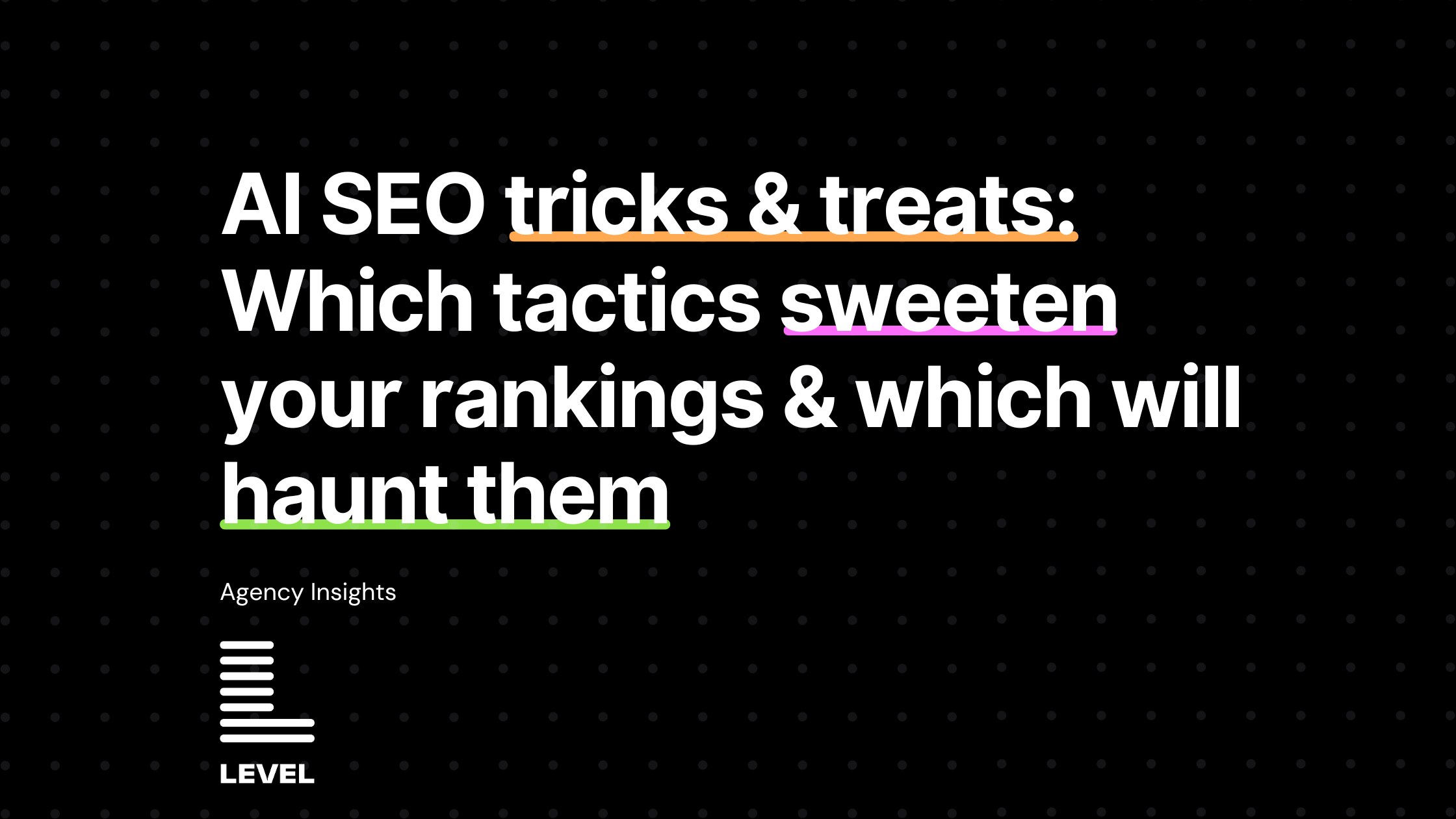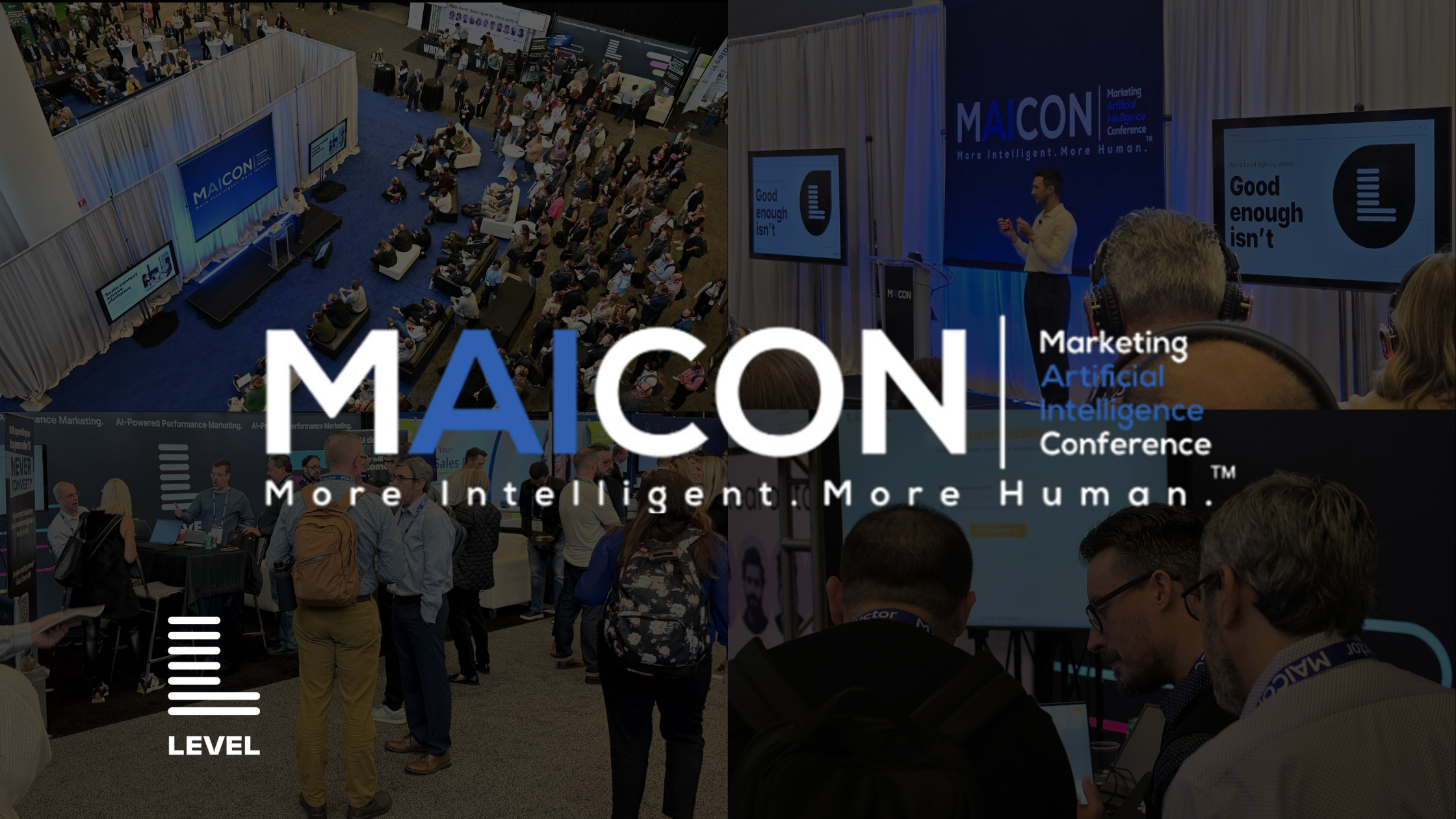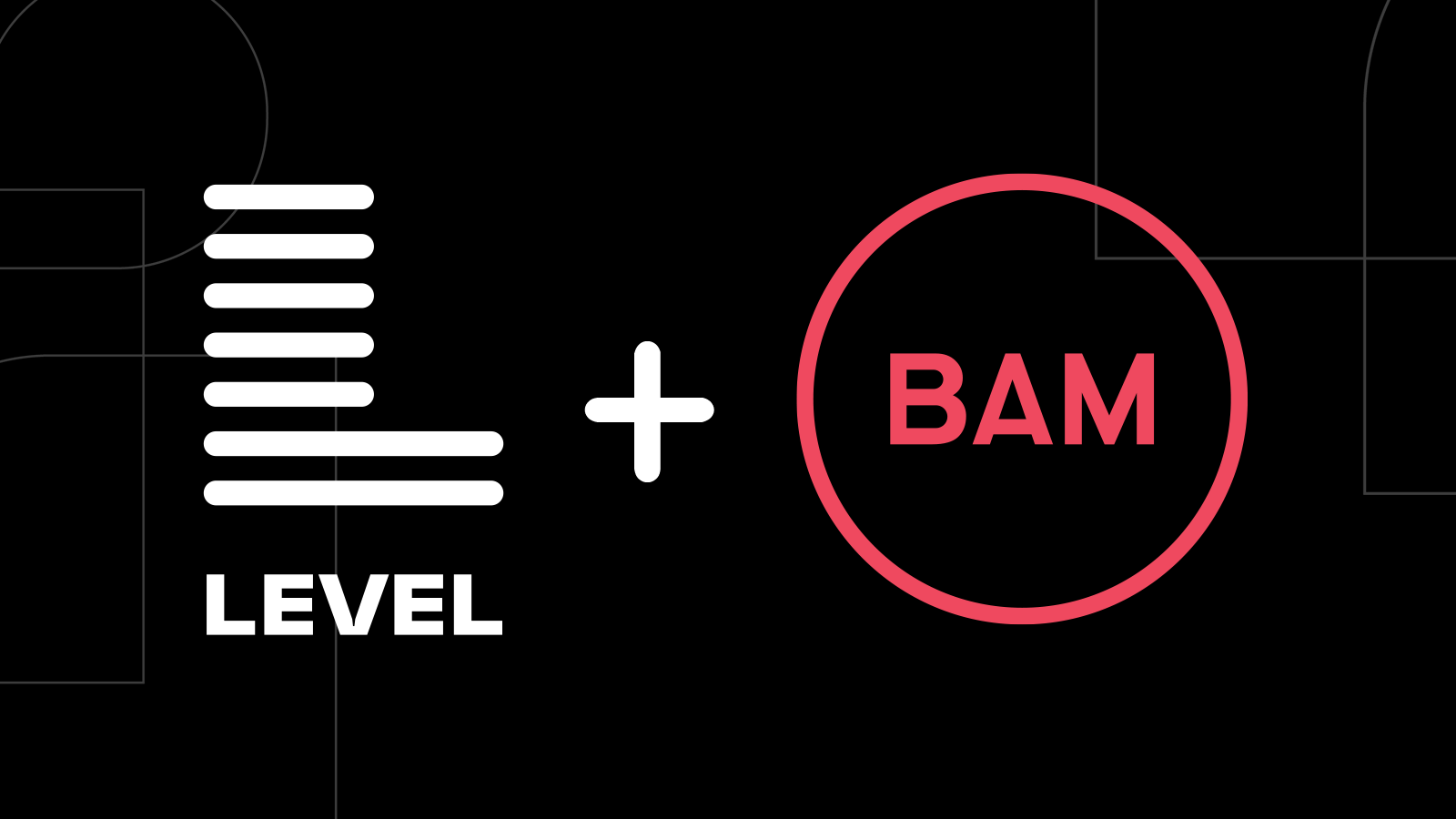Imagine you are a prospective student. You search for programs on your phone, watch quick videos, read summaries directly in search results, and never visit the school’s website.
This is the reality of higher education lead generation created by privacy changes, AI-powered search overviews, and zero-click behavior. The predictable path from search to site visit to form fill has been replaced by a fragmented journey that requires new precision in digital marketing higher education campaigns.
In this zero-click world, the institutions that win are the ones that focus not just on reaching prospects but on recognizing which ones are most likely to convert. This shift in perspective leads directly to the idea that quality matters more than volume.
Why institutions must shift from more leads to better leads
Chasing high inquiry counts might seem like progress, but if most of those contacts never enroll, they are draining time and budget. The real measure of success is the proportion of leads who become students, which is why higher education lead generation strategies now emphasize quality over quantity.
The old vs. new approach
OLD APPROACH
Maximize lead volume
Measure by form fills
Flat CPL goal
NEW APPROACH
Focus on high-intent prospects
Measure enrollment by likelihood
Cost-per-enrollment efficiency
This redefinition of success changes how leads are evaluated. Instead of treating them all equally, you can rank them according to their enrollment potential. That is where predictive lead scoring comes into play, offering a way to measure quality before the admissions process begins.
Using predictive signals to drive more enrollments
Predictive signals are the behavioral and demographic indicators that correlate with enrollment. These could be as straightforward as multiple visits to a key program page or as specific as engaging with financial aid information.
Examples of predictive signals include:
- Visiting key academic program pages multiple times
- Registering for a virtual information session
- Returning to the site after an initial visit
- Engaging with financial aid or application resources
When gathered from your CRM and fed into ad platforms, these higher education lead generation signals help campaigns find more prospects who display similar high-intent behaviors. This means your marketing is no longer optimized for clicks or generic form fills, but for true enrollment potential. The most effective way to operationalize this insight is through lead scoring.
Lead scoring as a prospective student quality filter
Lead scoring turns predictive signals into actionable strategy by assigning each inquiry a value based on their likelihood to enroll. This creates a clear quality filter that directs investment toward the best opportunities, which is central to modern enrollment marketing.
- BEFORE: All leads treated equally → wasted ad spend
- AFTER: Leads scored by enrollment likelihood → spend prioritized for top prospects
Integrating these scores into platforms like Google and Meta means campaigns can adjust in real time, spending more on high-value prospects and less on low-value ones. Once you have this prioritization in place, the logical next move is to ensure your bidding strategy aligns with the true value of each lead.
How value-based bidding campaigns can improve cost-per-enrollment
Value-based bidding allocates budget proportionally to the potential enrollment value of each lead. Rather than working toward a flat cost-per-lead target, campaigns focus on cost-per-enrollment efficiency, which is a growing focus in higher ed advertising.
When predictive lead scoring powers a campaign type like Performance Max, algorithms learn to differentiate between casual inquiries and serious applicants. However, for these algorithms to reach their full potential, they need a targeting approach that provides enough diversity and volume of data to learn effectively. This is where broad targeting strategies for enrollment become critical.
Broad signal structures for higher education lead generation
Overly narrow targeting can limit the learning potential of ad platform algorithms. Broad targeting, when paired with strong conversion signals, gives those algorithms the flexibility to:
- Identify high-value lookalike prospects
- Expand reach into new but relevant audiences
- Improve lead quality through ongoing optimization
This structure gives the platform the room to discover the next wave of high-intent prospects, ensuring the system improves over time. When combined with higher education SEO best practices, lead scoring, and value-based bidding, it forms a system that gets better with every cycle.
The compounding effect of AI targeting on higher ed lead generation
Each element strengthens the others. Predictive signals inform lead scoring. Lead scoring powers value-based bidding. Broad targeting ensures the system has the data it needs to keep learning.
Together, these strategies create a feedback loop that continually refines targeting, increases efficiency, and delivers more qualified enrollments without raising overall spend.
The future of higher education lead generation is not about chasing clicks. It is about building a smart, adaptive system designed to identify and convert the right students over time.
Want to dive deeper into these higher education lead generation strategies? Watch our on-demand webinar How First-Party Data & AI Are Transforming Student Acquisition with LeadSquared and Level Agency.

